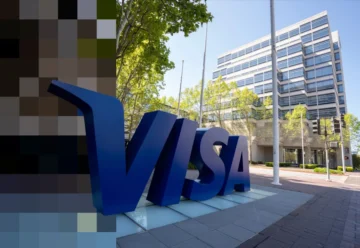Stablecoins and CBDCs Could Be Very Useful in Tokenization Industry

The Reserve Bank of Australia (RBA) has outlined several key areas where central bank digital currencies (CBDC) and stablecoins could be very useful. These are all related to tokenization and involve several conditions.
Brad Jones, Assistant Governor (Financial System) at the Reserve Bank of Australia, published a report titled “A Tokenized Future for the Australian Financial System?” summarizing and analyzing research and pilot projects conducted using CBDCs and stablecoins.
According to the specialist, both forms of digital assets can find a wide application in tokenization in the future. For example, stablecoins issued by private individuals often carry higher risk, but stablecoins released by regulated financial institutions and backed by high-quality assets, such as government securities and central bank reserves, could be widely used to settle tokenized transactions. CBDCs in the form of tokenized bank deposits could also be a good form of transaction settlement.
Jones noted that digital money issued by the government would be a tokenized form of central bank reserves. That said, the introduction of tokenized bank deposits would require little change to current practices, as deposit funds held in the accounts of various banks are already widely exchanged between each other using the central bank’s balance sheet for settlement.
Moreover, it has become clear from pilot tests of Australia’s CBDC in a number of areas that a central bank digital currency could facilitate atomic swaps in tokenized asset markets.
The Reserve Bank of Australia completed a pilot of a CBDC at the end of August, identifying four key areas where the introduction of the digital Australian dollar (eAUD) could be beneficial.











